We had just finished participating in a live audio conference with the head of a major video game company. He told us some great stories about working in the industry and working with some incredible technologies. He also discussed his experiences with his development team, marketing research team, testing team, support team, and sales teams over the last several years. One of the students in my advanced Computer Science class looks back at me as she is leaving the room and says, “I am starting to see that it is the people, not the technology.”
This past year has been an incredible year in our dynamic tech industry. I-pads, Windows/Android/IPhone smartphones, tablets, incredible broadband speeds, Cloud computing, Kinect…. and the list goes on and on.
And as a Computer Scientists I love reading about, playing with, programming on, experimenting with, creating with, using, teaching about, thinking of innovative uses for, and sharing information about all of those technologies. It is one reason why I am in Computer Science.
But as great at this year has been for “cool digital gadgets”, there is no question that Mary Beth was right:
“…it is the people….not the technology…”
I look back over the last year at some of the experiences at my own school and the great things we’ve done…and those successes were due to the hard work of my colleagues.
I remember my experience at the U.S. Innovative Educator Forum,
and I think about the incredible teachers I met from across the country. A very humbling experience to be in the same room as some of those incredible folks! But I cannot think about that entire experience without smiling as I picture the faces of an incredible Partners in Learning team that spent this entire year involved in that effort. The people I connected with while in Seattle have fundamentally changed me as a teacher and a person. As part of the U.S forum, I enjoyed so much working collaboratively on our When Fish Fly project(see my previous post ) with fellow teachers from Texas, Florida, Maryland, and California. My friends Johnny, Margaret, and Lou (please submit all cigar-related questions to him) were so inspirational to work with. Winning an award with them was such a rush! I am looking forward to a new journey with some of those same colleagues as we embark on a new journey with the Kinect at the center.(Check us out & join the movement) I think back to my incredible experience in Jordan presenting at the Middle East African Innovator Forum. Margaret Noble and I had a once-in-a-lifetime experience as we met people from over 20 countries on 3 continents. Joel , one of the leading teachers in Uganda and I spent 4 hours together in a shuttle from the airport as we drove across the dessert to Aqaba. He and I also took our first swim in the Red Sea as we looked across the bay to Israel. Also swimming in the Red Sea with us was Mandeep, who was in from England to present about the SHOUT initiative. A fellow Computer Scientist and eventual winning presenter, Noura from Saudi Arabia, and I discussed how she could be a panelist at next year’s business plan presentations in my class in the U.S. My relationships with them, as well as many others, are still strong today.I reflect back to the most amazing experience in my professional career at the Global Forum in Washington DC where over 700 educators from over 75 countries came together to share ideas, work together, and interact with fellow innovators.
As part of that experience, I really got to know the other members of TeamUSA. Wow, what an amazing group of people. America: if these are representative of the future of education in the United States, we are in good hands. As part of that global forum, I had the pleasure of working with a team of colleagues from Saudi Arabia, Hong Kong, South Africa, and Ecuador. Talk about collaboration! We are from different countries, teach different subject areas & grade levels, have different religions, experience different economic conditions, work in different educational systems, work under different political systems, live in different family situations, teach in different types of schools, and believe in different value systems…yet not once did we have any issues. I love how Jawhara (Saudi Arabia) always reminds us to show real student work as evidence of learning in our proposal. And how Kim thought to use a translation website so we could communicate interactively with our Spanish speaking comrade. Over the last 6 weeks, through Skype, Facebook, Twitter, email, chat, and text messaging, we were able to communicate our thoughts, suggestions, and ideas and collaboratively build an entire project proposal together. Good Luck in the voting Garden 2 Team !(Jawhara, Kim, Doug, Allan, Andy). Also while at the Global Forum in D.C., I had a chance to hang out one evening with a bunch of friends from the U.S. and South Africa. I learned more about Apartheid in one hour than I had learned in my entire life. And I even got to ask really dumb questions like how they have Christmas with Santa Clause and snowmen and North Pole when it’s summer in December in South Africa.
It truly is the people…and not the technology(although I do admit, the technology is pretty freakin’ cool). And it is a pleasure to be involved with those people who see a different way forward.

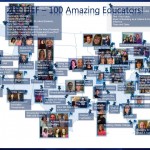
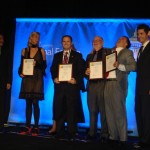
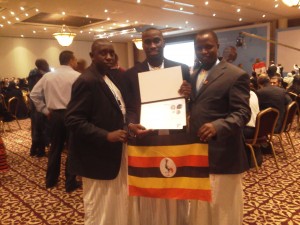
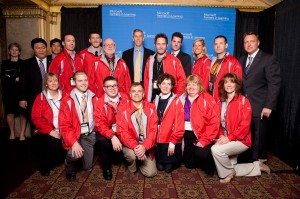
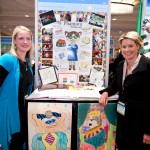
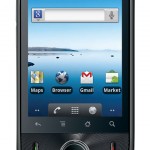
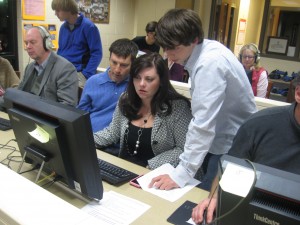


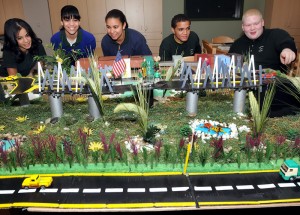
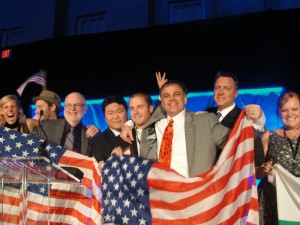
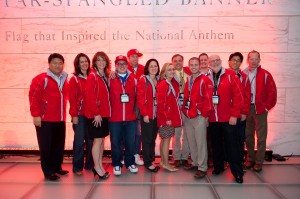
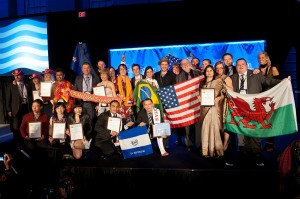

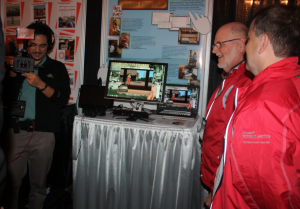
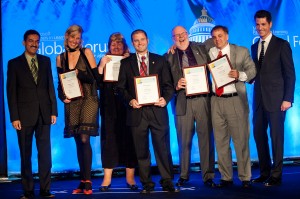
 This past July, I was also honored to have been selected to represent the United States at the Global Innovative Educator Forum in Washington dc (See my previous blog post). While we were the the
This past July, I was also honored to have been selected to represent the United States at the Global Innovative Educator Forum in Washington dc (See my previous blog post). While we were the the